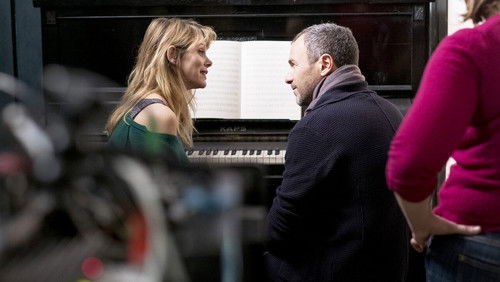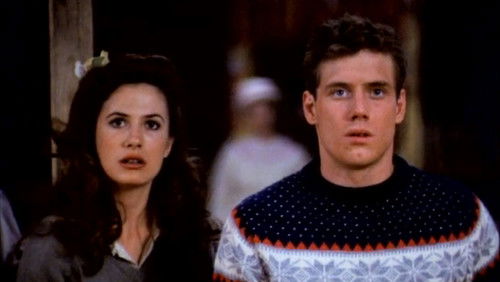Brava Gente Brasileira (2000)
34KBrava Gente Brasileira: Directed by Lúcia Murat. With Diogo Infante, Floriano Peixoto, Luciana Rigueira, Leonardo Villar. A young Portuguese cartographer in the 18th century finds new forms of love, war and a wild new world in an expedition into South American heart.
“I just saw this film at the 2002 Latino Film Festival in the Bay Areau003cbr/u003eu003cbr/u003eDirector Lucia Murat was in attendance and made some comments after the film, among which were that this film is u0026quot;not an epic…itu0026#39;s an anti-epicu0026quot;. I think this gets it about right. Beautifully filmed, this story is loosely based on historical facts; but very tightly structured around anthropological research into the Guaicuru, a people who once lived in Brazilu0026#39;s Mato Grosso state. The actors portraying the Guaicuru are all modern Kadiweu villagers, descendants of the Guaicuru. The Kadiweu number less than 1000 today, and, according to Murat, face a very uncertain future. Problems of alienation and alcoholism as well as pervasive racism combine to severely limit the horizon of these people of ancient lineage. The film does not portray them as 100% u0026quot;nobleu0026quot; though we are in no doubt about where our sympathies are to lie. The device of tricking the audience into associating with the Portuguese colonizers is a very effective means to setting up the final climax. Even though the historical events upon which the film are based took place in 1778, Kadiweu elders still have an oral history of them, and this is the basis for the film. How often our histories are written only by the European conquerers. Even though Murat is a white Brazilian, she has done the near impossible–found a bit of living memory of the distant past, and dramatized it to perfection. There is little if any precedent for a film like this, anywhere. Interesting to note is that the Kadiweu people were extensively documented by Claude Lévi-Strauss in his landmark book u0026quot;Tristes Tropiquesu0026quot; where he said that he thought he would be the last European to see them, as they were clearly headeded for extinction. (Among other things, the women limit themselves to one child, so there is a natural tendency towards decrease in their population. However, since they kidnap children from other tribes their numbers have not declined as much as statistics and Lévi-Strauss predicted.) If you have ever read u0026quot;Tristes Tropiquesu0026quot; then you will be grateful for this opportunity to travel into the world he documented in the 1930s, and to see how it has survived into today. Dramatized as high art, we also get historical and anthropological research into the origins of not only the Brazilian state, but also by implication of the entire colonial enterprise across many countries and cultures. The artistic choice of not subtitling the Kadiweu dialog contributes to our inevitable association with…ourselves…the descendants of the colonizers. Murat stated that to subtitle the Kadiweu dialog would be forcing an interpretation onto their language…as it is, their language functions musically (amid a backdrop of lush soundscape which for me was one of the highlights of the film) and allows us to feel some of the utter strangeness of the early European experience in the colonial world, while preserving the dignity of the Kadiweu. This film deserves to be seen and I am certain that it will be studied and viewed 50 and 100 years from now, unlike 99% of the other films released in the world today.”









